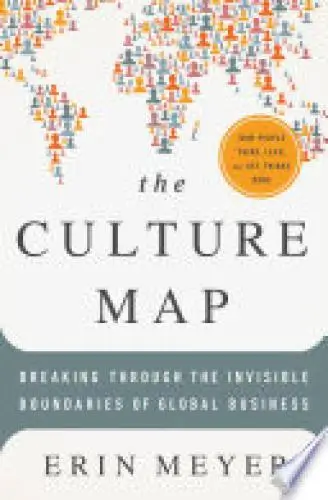
The Culture Map
Decoding How People Think, Lead, and Get Things Done Across Cultures
What's it about?
The Culture Map by Erin Meyer offers you an insightful journey into understanding the intricacies of cross-cultural communication. It provides a practical framework to navigate the complexities of global teamwork. You'll discover how cultural differences impact communication styles, decision-making, and leadership. By using practical examples and visual maps, Meyer equips you with tools to bridge cultural gaps effectively. This book encourages you to adapt your approach, enhancing your effectiveness in international environments.
About the Author
Erin Meyer is an American author and professor known for her work on cross-cultural communication. Her book "The Culture Map" explores how cultural differences impact global business. Meyer's writing is insightful and research-driven, emphasizing practical strategies for navigating international workplaces. She offers a unique perspective on cultural nuances.
5 Key Ideas of The Culture Map
Speak Like a Local, Tailored to Trust
Effective communication in global teams involves adapting your speech style to fit varied cultural norms of trust and clarity.
Imagine an American manager perplexed when feedback meant to be explicit fell flat with his Japanese colleague. Discovering the subtle art of contextual communication opened doors to deeper trust.
- Trust is built differently: In low-context cultures like the U.S., words are taken at face value, while high-context cultures like Japan rely heavily on contextual cues.
- Clarity is culturally bound: Misunderstandings arise when one assumes their clarity is universal rather than culturally defined.
- Adapting shows respect: By adjusting communication styles, you demonstrate sensitivity and build rapport.
Practice observing how much context your international conversations require; adapt your messages to be more explicit or implicit based on your listener’s cultural background.
Avoid assuming English proficiency equates to cultural understanding. Linguistic competence doesn't always translate into cultural nuance.
Decoding the Hierarchical Maze
Navigating workplace hierarchies effectively requires understanding both power distance and authority acceptance in different cultures.
Picture a French employee baffled by the casual email from his American boss. Understanding that hierarchical respect varies, he learned how Americans value approachability over rank.
- Power distance affects expectations: In hierarchical cultures, chain-of-command is crucial, whereas egalitarian cultures value open dialogue.
- Authority shapes interaction: Recognizing how much status impacts decisions helps in predicting workplace responses.
- Flexibility breeds success: Successfully moving between different hierarchical landscapes requires adaptation and respect for varying customs.
When collaborating with international teams, ask about preferred decision-making processes to tailor your approach appropriately.
Don’t misinterpret a relaxed demeanor as disrespect. In some cultures, informality is a sign of inclusivity rather than insubordination.
Conflict is Culture's Playground
Understanding the role of confrontation in various cultures can transform conflicts into constructive dialogues.
When a disagreement erupted in a German-Italian meeting, the German team's directness clashed with the Italian preference for diplomacy. Embracing these differences fostered effective conflict resolution.
- Direct vs. indirect confrontation: In direct cultures, explicitness is valued, whereas indirect cultures prioritize harmony.
- Conflict as opportunity: Recognizing conflict management styles allows for tailored strategies that maximize team potential.
- Cultural empathy prevents friction: Acknowledging diverse approaches helps in fostering understanding and mitigating tension.
Identify whether your team prefers direct or indirect confrontation, and adjust your approach to match or mediate as necessary.
Avoid assuming confrontation will always escalate. In some cultures, it's a healthy path to consensus rather than a breach in professionalism.
Deeper knowledge. Personal growth. Unlocked.
Unlock this book's key ideas and 15M+ more. Learn with quick, impactful summaries.
Read Full SummarySign up and read for free!
The Culture Map Summary: Common Questions
"The actions that are considered normal in one culture may leave an observer in another culture shaking their head." Erin Meyer's "The Culture Map" is a captivating exploration of how cultural differences impact communication and collaboration in the global workplace. From discussing communication styles to feedback delivery and decision-making processes, the book is filled with eye-opening insights that challenge readers to reflect on their own cultural biases.
One part that particularly struck me was the concept of 'ascribed' vs. 'achieved' status, and how it influences power dynamics within teams. Another fascinating section delves into the contrast between low-context and high-context cultures, shedding light on the importance of understanding subtle cues in communication. Overall, Meyer's book is a must-read for anyone working in multicultural environments or interested in improving their cross-cultural communication skills.
If you enjoyed books like "The Culture Code" by Daniel Coyle or "Quiet" by Susan Cain, you'll find "The Culture Map" to be an enriching and thought-provoking read that will stay with you long after you've turned the last page.
Experience Personalized Book Summaries, Today!
Discover a new way to gain knowledge, and save time.
Sign up for our 7-day trial now.
No Credit Card Needed

Similar Books
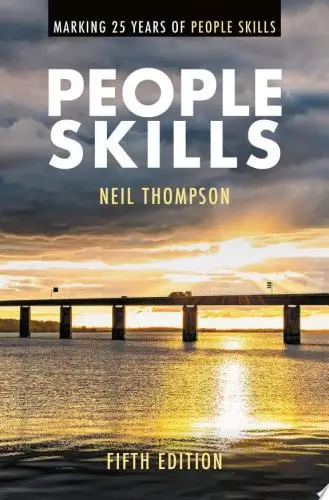
People Skills
Neil Thompson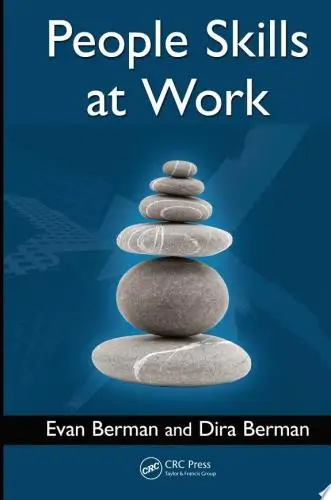
People Skills at Work
Evan Berman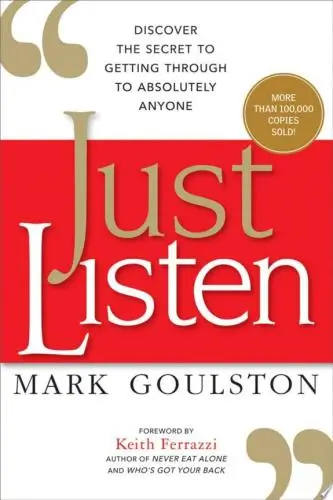
Just Listen
Mark Goulston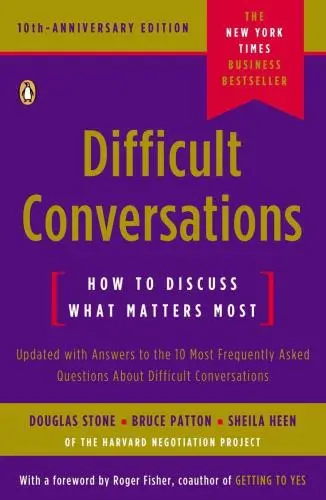
Difficult Conversations
Douglas Stone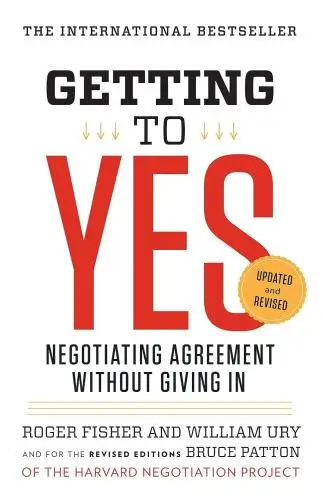
Getting to Yes
Roger Fisher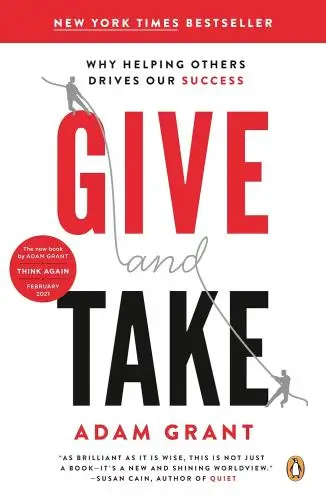
Give and Take
Adam Grant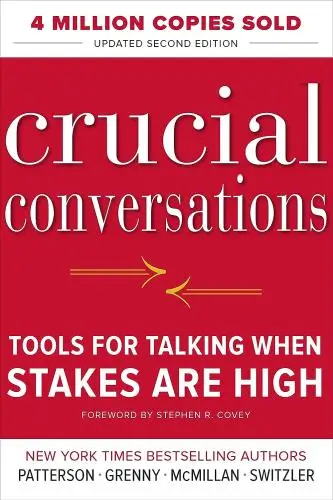
Crucial Conversations
Kerry Patterson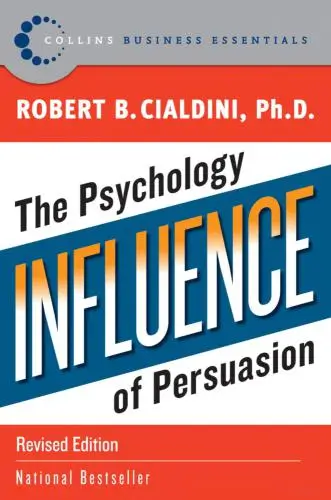
Influence
Robert B. Cialdini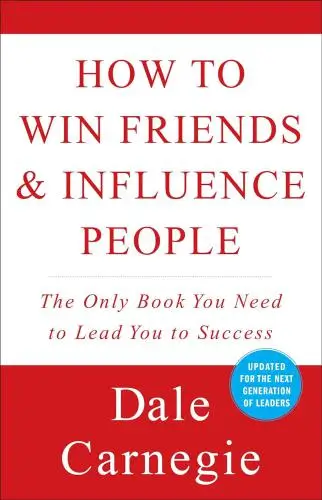
How to Win Friends & Influence People
Dale Carnegie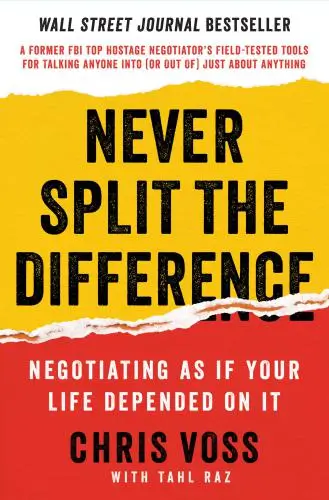
Never Split the Difference
Chris VossTrending Summaries

Peak
Anders Ericsson
Never Split the Difference
Chris Voss
Smart Brevity
Jim VandeHei
The Psychology of Money
Morgan Housel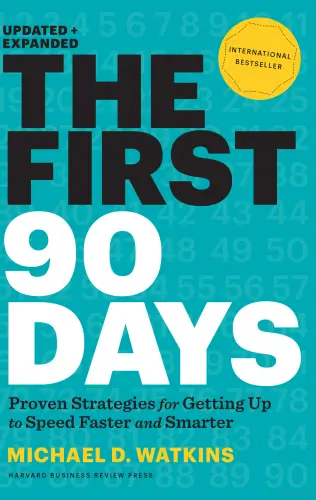
The First 90 Days
Michael D. Watkins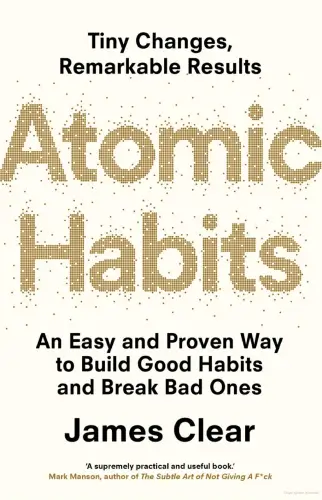
Atomic Habits
James Clear
Thinking, Fast and Slow
Daniel Kahneman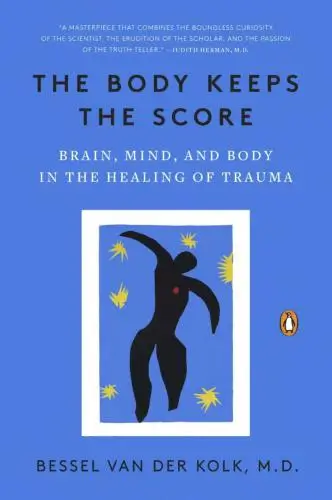
The Body Keeps the Score
Bessel van der Kolk M.D.
The Power of Regret
Daniel H. Pink
The Compound Effect
Darren HardyNew Books
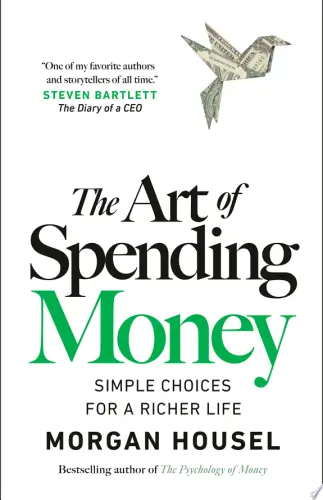
The Art of Spending Money
Morgan Housel
$100M Offers
Alex Hormozi
A Candle for Kiri
Edna Mae Holm
Principles of Marketing, Global Edition
Gary Armstrong
Serpent Rising: The Kundalini Compendium
Neven Paar
Feeling Is the Secret
Neville Goddard
The 100 Best Business Books of All Time
Jack Covert
My Oxford Year
Julia Whelan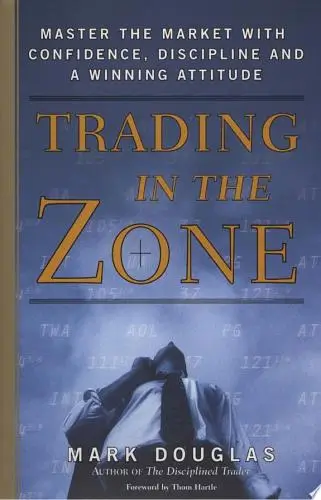
Trading in the Zone
Mark Douglas
